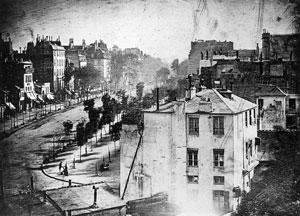
Arts
A Lesson in Photography History
Photography is painting with light. The word ‘photography’ is Greek: ‘fos’ – meaning light and ‘grafo’ – to ... Read more

Photography is painting with light. The word ‘photography’ is Greek: ‘fos’ – meaning light and ‘grafo’ – to ... Read more